#wild city
Text

Scenes that I'll never get tired of redrawing
#jwcc#camp cretaceous#jwcc: lion king au#kenji kon#brooklynn jwcc#ben pincus#jurassic world: camp cretaceous#giw art#jwcc s2#jwcc s2e4#jwcc s2e6#jwcc benji#benji jwcc#ben x kenji#kenjen#kenji x ben#wild city#jungle boy x city boy#how many times can I redraw this scene?#lot of you found me cause of the benji hug sketch page#which is what got back me into kind of consistently drawing#i owe these boys so much#i was just gonna do some warm ups and then this happened#i'm back in the benji feelings#chemically altered my brain
29 notes
·
View notes
Text
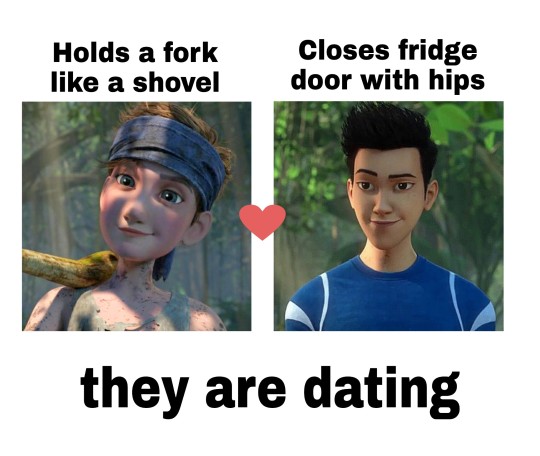
#i saw a meme#and thought of them#jurassic world camp cretaceous#camp cretaceous#jwcc#benji#benji jwcc#ben pincus#kenji kon#kenben#koncus#wildcity#wild city#kenjen#pinkon#ben x kenji#i like tagging all their ship names#bcuz they're fun to read in my head#iaf.post
169 notes
·
View notes
Text


Had to do one for them because it just fits too well.
#anyway#benji canon in season 7#meme redraw#sketch#drawing#redraw#fanart#jurassic world camp cretaceous#camp cretaceous#jwcc#benji#kenben#koncus#wild city#wildcity#benji jwcc#bruh how many ship names?#lol
156 notes
·
View notes
Text

I am yet again asking you to consider a red panda pizza service.
#art#ocart#anime#illustration#small artist#original art#lgbtqia+#red panda#digitalart#characterillustration#characterdesign#oc tag#oc character#wild city
1 note
·
View note
Text

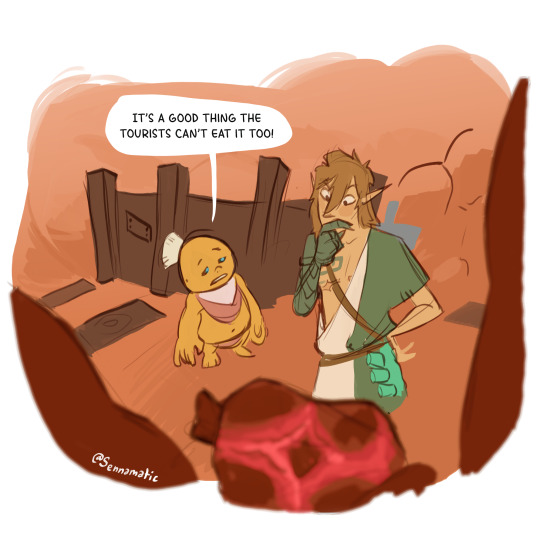
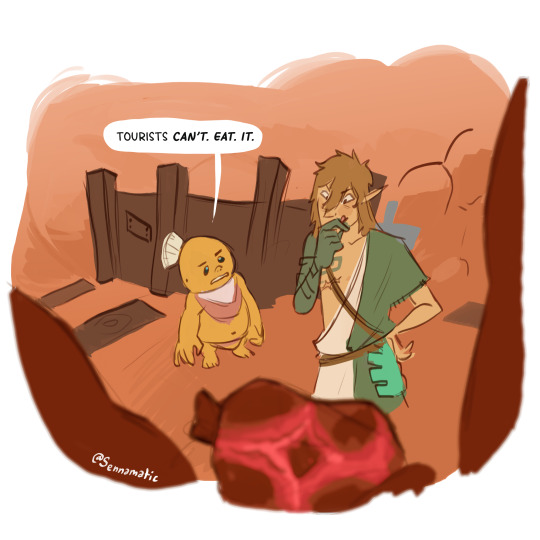
Surely a nibble couldn't hurt!
#totk#tears of the kingdom#zelda tears of the kingdom#zelda#loz totk#botw 2#zelda totk#the legend of zelda#breath of the wild#zelda fanart#goron#goron city#tears of the kindgom#tloz tears of the kingdom#loz tears of the kingdom#tears of the kingdom spoilers#totk spoilers#zelda spoilers#marbled rock roast#art tag#fanart#that stuff looked good as hell honestly#tloz#legend of zelda
14K notes
·
View notes
Text
A Wild Battinson (Social Media AU)
Part 45 (Masterlist)
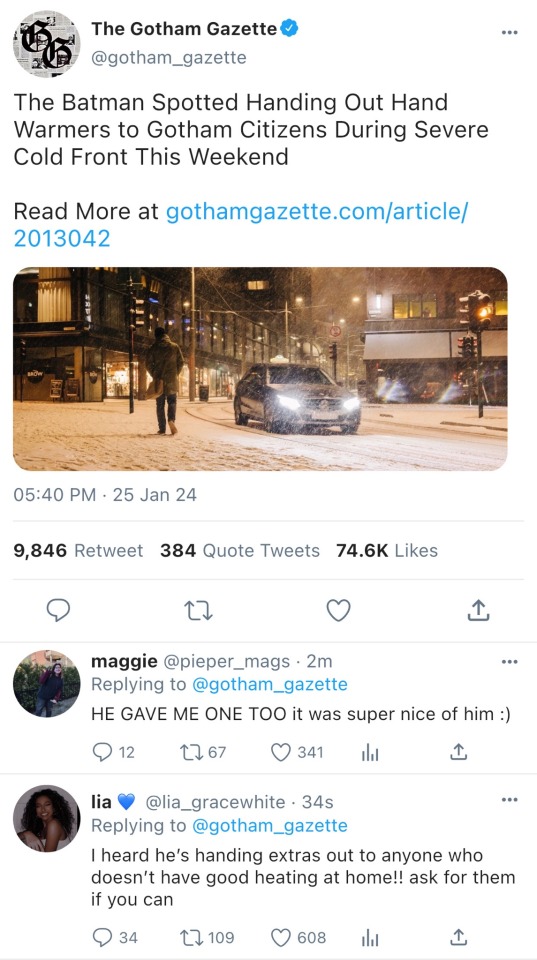






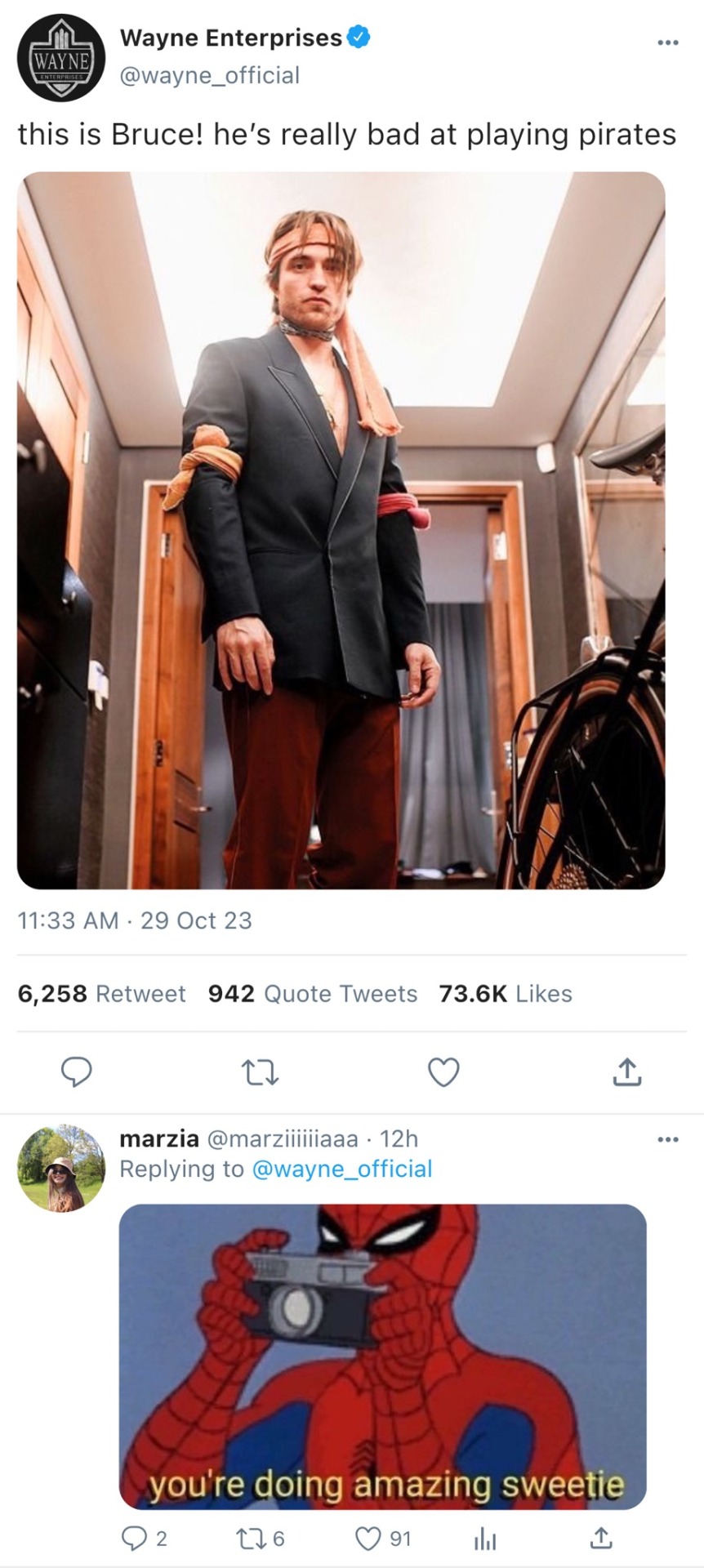
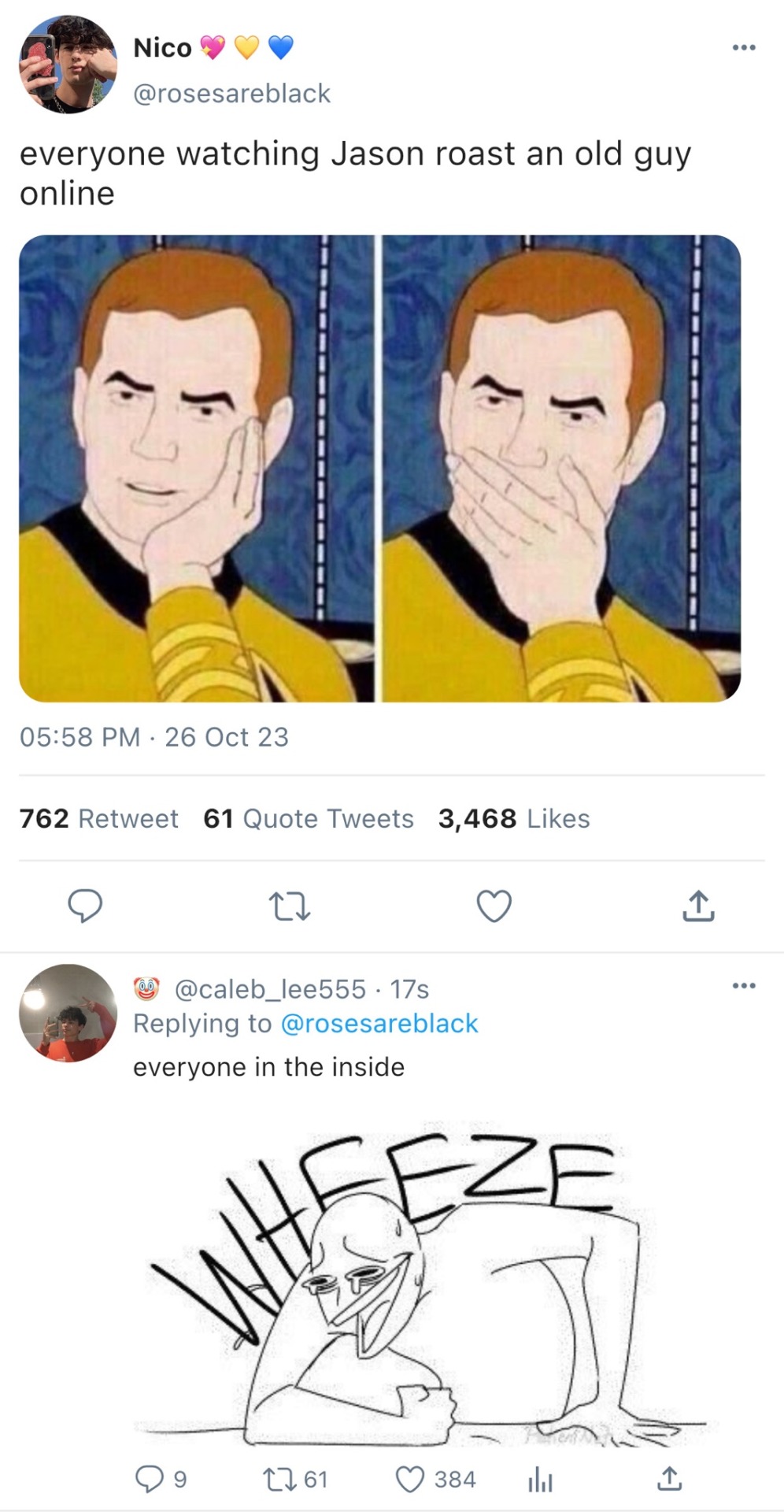

(Part 46)
@bruciemilf it’s been months bestie but it’s tradition
If you follow me on my main, you know I haven’t actually been gone. I’ve just been on a few side quests. I’m also being fought over by two companies rn so that’s fun (and completely stressful, please I’m just a 22yo teenage girl) but we’re BACK for a limited time! Idk I’ve got like at least five parts in my drafts so let’s see what happens.
TOODLES
#a wild battinson#battinson#bruce wayne#batman#the batman 2022#batman 2022#the batman#dc universe#battinson needs a hug#gotham#soft bruce wayne#social media au#social media#gothamite#only in gotham#gotham city#dc#jason todd#give Battinson a child 2k24#IT’S 2k24 NOW OH LORD#lex luthor
4K notes
·
View notes
Text


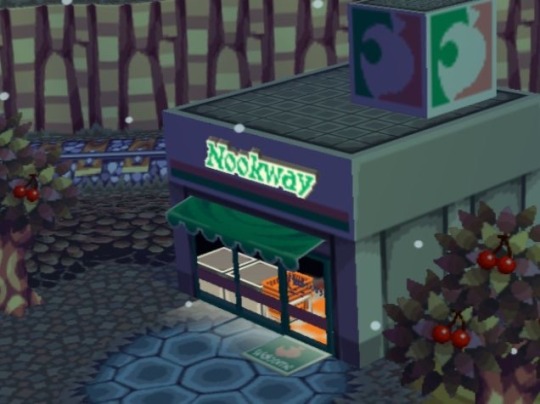

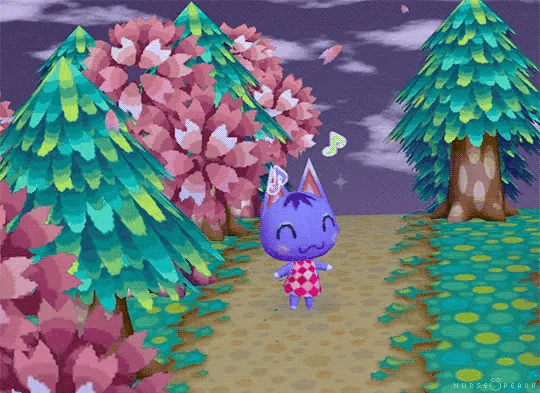

Old animal crossing just hits different
#nostalgia#nostaligiacore#nostalgia aesthetic#early 2000s#childhood#animal crossing nostalgia#animal crossing#nintendo#old nintendo#animal crossing aesthetic#nintendo aesthetic#animal crossing core#nintendocore#animal crossing wild world#animal crossing city folk#animal crossing new leaf#animal crossing gamecube#nintendo ds#nintendo 3ds#nintendo gamecube
2K notes
·
View notes
Text
Re:Wild Royal Docks
From 2020 to 2021, Usman Haque was Creative Director of Re:Wild Royal Docks, a ten-year vision for wilding East London, initiated by EdenLAB in association with Eden Project.
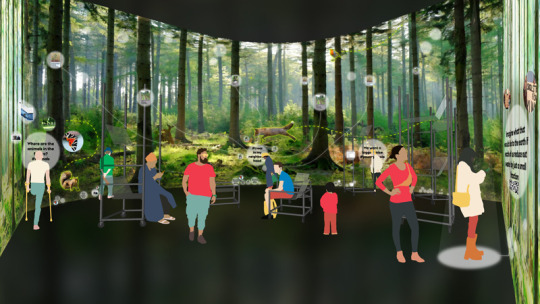
Rewild discussion, deliberation and decision-making space
Post by Usman Haque, original post at https://haque.co.uk/work/rewild/
Urban wilding is more than just improving access to nature: it involves redesigning urban infrastructures to account for our non-human neighbours, so that we don't just co-exist, but, more importantly, that we are mutually supportive and generative. From 2020 to 2021, I worked with the EdenLAB team and a number of organisations around East London to develop a transformative vision for the area, focused on re-connecting people and the natural environment. Our work was sited at Royal Docks, London, but much of the learning can be applied to other urban contexts.
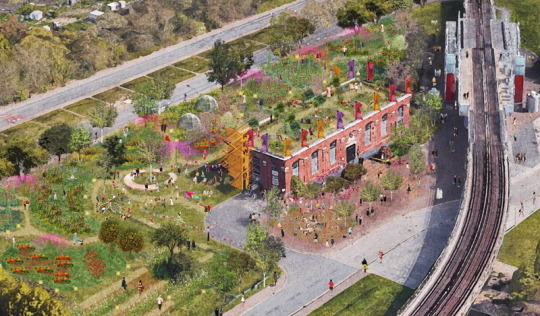
Proposed Rewild HQ, image by project architects Gort Scott
Challenges of Urban Wilding
Connecting an increasingly urban population to the natural world lies at the heart of humankind's successful response to the major environmental, social and economic challenges of the 21st century, which are particularly prominent in global capital cities. It may seem self-evident that everyone loves green cities, but there is no cross-cultural consensus on how, why and when to use green urban spaces, what they mean to different families or organisations, or even how local authorities should care for them. Ascribing agency (and in some cases citizenship) to non-humans makes the question of governance even more complex.
One person's lovely 'wild' meadow is another person's unkempt park suffering from lack of maintenance — or loss of a vital sporting resource — or apparent waste of tax-payer money. If this diversity of perspectives (and expectations) is not explicitly accounted for in the development and deployment processes of urban wilding schemes, evidence shows that they're bound to fail. This requires more than just consultation and engagement — active meaningful participation of communities in the decision-making processes is crucial, as well the ongoing governance of urban wilding.

Re:Wild Royal Docks primary rewilding site
A Strategic Approach to Urban Wilding
The strategic approach that I developed for
Re:Wild Royal Docks
combined greening of the urban landscape and improving biodiversity with a participatory approach to rewilding, getting people actively involved in making decisions about green spaces and systems, while getting them to feel a little 'wild' themselves.
Supported by the Eden Project, our aim was to get people excited, while retaining an emphasis on governance, accountability, and decision-making, all built on the science of environmental improvement and recent research on non-human intelligence and sentience.

Rewilding through growing, eating, learning, nurturing
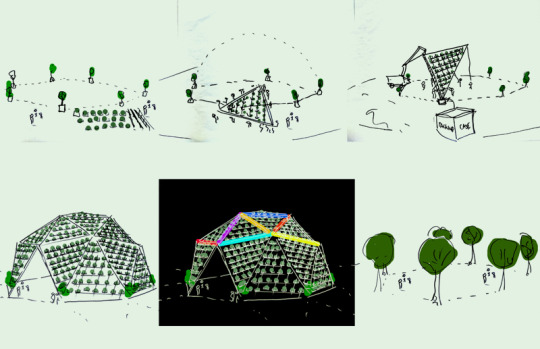
Rewilding through barn-raising
A key goal was to transform how local residents relate to each other and the natural environment, and empower them to make simple changes to their homes and neighbourhoods that improve environmental and sustainability factors. To help people get comfortable being 'wild' themselves, we designed a set of core activities to help them reassess their relationship to the natural environment, particularly those that reinforce connections between people:
EATING food together
GROWING plants at home
NURTURING (landscapes, non-humans, etc.) together
MAKING (things, decisions) together
LEARNING (about each other, non-humans, etc.) together
Rewilding is a fundamental strategy for tackling the Climate Emergency in cities. It needs a completely different perspective (to 'green buildings'; to participatory engagement in cities; to the deployment of urban infrastructure) from the approach that is usually adopted in urban development.
It requires more than just planting trees and flowers that improve pollination. It upends everything we think about public space (and who is responsible for it), challenges how we make collective decisions about food, and makes us far more conscious of the collective effect we have on the environment we all depend upon. It requires an integrated, holistic and inclusive approach to everything from buildings, parks and public spaces to homes, balconies and waterfronts — and even the concept of citizenship.
...
Re:Wild Royal Docks — A Ten Year Wilding Strategy
The Ten Year vision for Re:Wild Royal Docks included establishing:
A. Wilded Urban Spaces & Headquarters
Physical Headquarters at Royal Docks for urban wilding, with co-creation space, roof garden, food offering, event space and immersive interactive rewilding experience
Network of Green Spaces, Wild Places and Biodiversity Corridors across the borough — starting with the 12-acre area surrounding the HQ — with particular focus on soil remediation and biodiversity restoration to ensure thriving aquatic and woodland ecologies, and connecting together areas of the urban fabric to improve both human and non/human mobility
______________________________________________________________
B. Community Call To Action, New Facilities & Resources
Call to Action to get communities all over involved, with borough-wide outreach and education activities and curricula involving planetary care, tree planting, biodiversity restoration and the on-going stewardship of woodland ecologies locally
Cultural Innovation Destinations and Spaces set in the natural landscape, including a 'Rewild Kitchen' and Cafe in a tree-house, along with 'lectures in the landscape'
Green Business Cluster and Creative Hub in partnership with local universities
Community-led Workshop & Lab for Creative Production in urban wilding
Educational and Cultural Events Programme centred on rewilding and connecting humans and non-humans
Showcases for Local High-Tech Sustainability Systems including simple soil remediation schemes for local residents and businesses
Grant Scheme for Promoting Local Innovation in human/non-human cooperation and green infrastructures across the borough
______________________________________________________________
C. Technology Infrastructure for connecting Humans & Non-humans
Digital Masterplan designed around rewilding — instrumenting the landscape, creating a 'sixth sense' of the natural world, and a collective intelligence infrastructure to combine human, non-human, synthetic sensing
Digital Interventions and Deployments to augment human understanding of non-human systems, both indoors and outdoors — giving a 'voice' to non-human participants
Immersive Interactive Discussion + Deliberation Space connected to sensor networks and environments throughout the borough, hosting community groups making collective decisions on key issues to do with the Climate Emergency, informed by real-time environmental data
______________________________________________________________
D. Rewilding Activities & Related Events
Floating Farms, Adventure Play, Wild Swimming and other water-based stewardship activities
Human Wilding Activities such as tree-climbing/doctoring and beekeeping, both in the landscape as well as on the water
Annual Re:Wild Summer Festival to showcase participatory urban rewilding through arts and music as well as a conference
Annual 'Barn-Raising' Initiatives to co-create new low-carbon structures in the landscape in support of biodiversity
______________________________________________________________
E. Multi-species Governance & Stewardship Processes
Long Term Masterplan and Asset Register for local natural systems, ecosystem analysis, horticulture mapping, species-identification, etc. with a focus on exploring non-human citizenship, tree-planting/adopting schemes
Community Advisory Board and Governance Process, incorporating non-human participants, and a Rewilding Charter co-created with the local community
Youth Council for Human/Non-Human Cooperation in tackling the Climate Emergency
Formalised Processes for revitalising unused local assets including unused green spaces, allotments, unused buildings
...
Re:Wild Royal Docks Digital Masterplan
The base layer of the proposed masterplan was to instrument the landscape, non-human species and natural environments through sensor networks and monitoring stations, gathering data in order to provide a means for observing patterns of activity, interaction and response. This would contribute both to real-time data repositories as well as to a long-term register of local non-human species, natural systems and ecosystems (so that, for example, tree-planting schedules could support monitoring development, growth and change over the entire lifetime of a tree, and feed into air quality impact assessment for individual trees).

Human/non-human activity - interaction - response - conversation
This would be augmented by a second layer of interventions in the landscape that would enable members of the public (and, for example, students from nearby schools) to observe and 'listen in' on what was going on, beyond their usual thresholds of perception (e.g. visualising or sonifying real-time data and other augmented reality interfaces). Building on this active observation, and tied into design, technology and sustainability curricula, people would be able to contribute to making sense of the observations and (albeit in an anthropocentric way) give a "voice" to the non-human species around them throughout a set of activities that would generate additional multi-layered subjective metadata for the datasets.

Instrumenting the landscape & giving a 'voice' to non-humans
Finally, a third layer would integrate this sense-making approach with artificial intelligence pattern-recognition and creation, in order to combine human, non-human and synthetic systems into a collective-intelligence infrastructure. This would be manifested in an immersive and interactive physical space, connected both to the on-site network as well as sensor networks and environments throughout the borough. This space was designed to host local residents, community groups and businesses making collective decisions on key issues to do with the Climate Emergency, informed by real-time environmental data and input from non-human neighbours. In contrast to typical "smart city operations centres" that centralise surveillance and control, this would be an open space for discussion, deliberation and decision-making, uniting both humans and non-humans.
...
Urban & Community Transformation through Wilding
Although the scheme was eventually not taken through to implementation stage, much of the strategic approach (involving multiple layers of connection, co-creation and interdependence) applies more broadly to other urban contexts.
If a city is to be truly innovative, it needs to embrace the fullest creativity of its residents — human and non-human. It needs to consider new imaginative possibilities for informal urban green spaces, and show communities how they can nurture them alongside non-humans, bringing both tangible physical benefits as well as emotional and physiological benefits and strengthening the wellbeing of communities as a whole.
People often say they want their cities to be more "green", and understand that tree-filled parks and vegetation-covered buildings could make cities more delightful, healthy and sustainable. But what that means to different people is less certain and bringing such desires into reality is fraught with complexities — economic, social and environmental. How do we, collectively, bring about that kind of future? How can we navigate those complexities and overcome barriers — perhaps even discover that the barriers weren't so high? How can we all be part of the decision-making — and with that, take responsibility for a greener and more inclusive urban future we all co-create? Deliberately (and deliberatively) wilding the city offers answers to all these questions.


Rewild discussion, deliberation and decision-making space
The innovation of rewilding is so much more than just green engineering: in its decentralised nature it can offer a radically different approach to getting people involved with decision-making, one that necessarily includes embracing non-human intelligence and sentience. Through a coordinated rewilding programme, whether people are campaigning to turn unused urban space into community gardens, working to plant trees in their neighbourhoods, enjoying the health and well-being effects of birdsong or just planting a tomato seedling in a window-box, they can all understand they're part of a larger city-creation exercise. At its heart, rewilding can help reinforce confidence between local authorities and residents in a way that most engineering-focused 'smart city' programmes can never achieve, contributing to vital re-configuration of a range of existing infrastructures:
- Community/social infrastructures — engagement, agency, cohesion, education, upskilling
- Architectural & urban infrastructures — buildings, indoor spaces, landscape, vertical surfaces
- Technology & digital infrastructures — data, interaction, sensing, sustainability platforms
- Health, Environment & Well-Being infrastructures — active travel, biodiversity, food & sport
- Economic infrastructures — circular economies, local investment, value-driven impact

Rewild School, image by Public Works
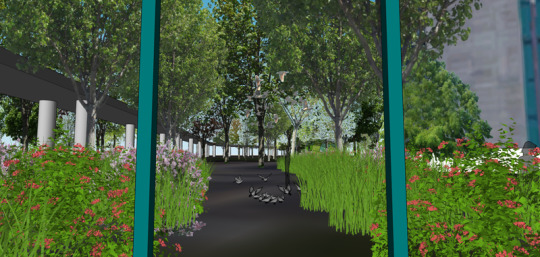


Rewild landscape augmentation

Giving a 'voice' to non-humans
...
For more on this topic, see videos and discussions below:
Wild Cities — with Rosanna Vitiello — 2021
What Will Our View of Nature Bring to the Future? — 2021
...
Core Team
Usman Haque — Creative Director, Re:Wild Royal Docks
Mike Wellings — EdenLAB, CEO
Peter Hampel — EdenLAB, Artistic Director
John Tellwright, Katie Maddison, Richard Dare — EdenLAB production team
With thanks to the following for their enormous contributions to the project and its development: Fiona Scott (Gort Scott), Chris Paddock (PRD), Suzi Martineau (Tree Sisters), Michael Brown (Asociat), Torange Khonsari (Public Works), Iram Quraishi, Stephanie Mechanic, Jeffrey P Davis, local community organisations and groups such as Growers Kitchen, Royal Albert Dock Trust and Green Hands, and all the teams at Royal Docks and London Borough of Newham who helped give context to the scheme.
And finally a massive thank you to all the rewilding practitioners and researchers around the world that are helping transform human/non-human cooperation. A key reference during development of this project was Rewilding - edited by Dr. Nathalie Pettorelli, Institute of Zoology, London, Prof. Sarah M. Durant, Institute of Zoology, London, Prof. Johan T. du Toit, Utah State University. Some of the initial thinking is described in this article: Making Cities Wild, building in particular on work by Bauer and von Atzigen; Maller, Mumaw and Cooke; Clayton; Dr Bridget Snaith.
#umbrellium#usman haque#news#Re:Wild Royal Docks#East London#participatory#city making#human-non-human relations#non-human citizenship#beyond coexistence#digital masterplan#participatory governance#multi-perspective#responsibility#agency#wild city#multispecies design
0 notes
Text

#animal crossing#ac#acpg#acww#accf#acnl#hhd#acpc#acnh#city folk#wild world#new leaf#new horzions#gamecube#ds#wii#switch#ninendo#animalcrossing.blog
2K notes
·
View notes
Text
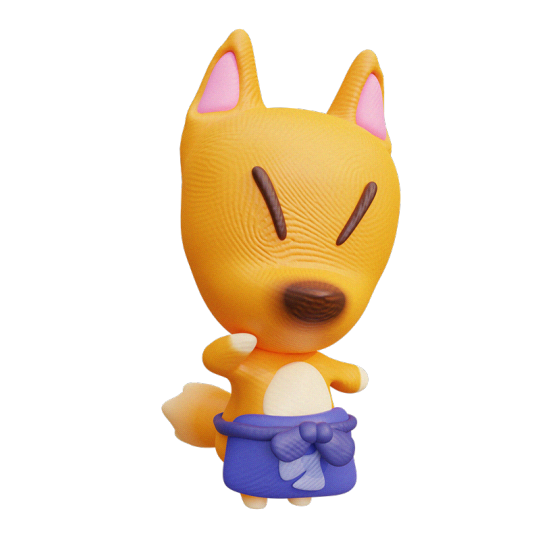
🦊 crazy redd 🖼️
#3dart#art#artists on tumblr#clay art#clay#sticker club#stickers#fanart#nintendo#3d illustration#animal crossing#acnh#acnl#accf#acww#wild world#gamecube#city folk#new leaf#redd#crazy redd#hi#cousin
844 notes
·
View notes
Text
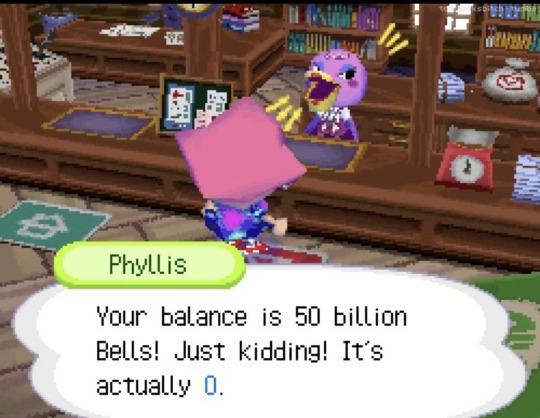

Phyllis <3
#animal crossing#animal crosing pocket camp#animal crossing new leaf#animal crossing new horizons#animal crossing wild world#fyp#animal crossing fandom#animal crossing villagers#acpc community#acpc screenshot#animal crossing city folk#acpc#phyllis#animal crossing memes
510 notes
·
View notes
Text
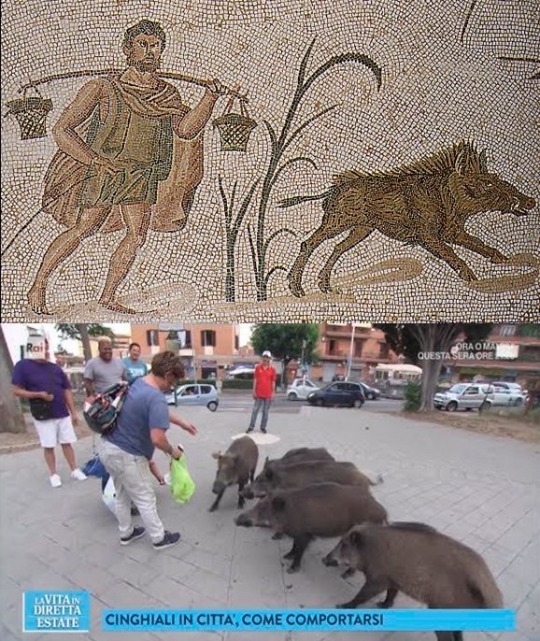
Rome 2000 years ago and Rome today
#rome#ancient rome#roman#mosaics#mosaic#art#boar#boars#wild boars#wild boar#wild#italy#italia#european#city#europe
1K notes
·
View notes
Text

So much comfort in one GIF
#nintendo#animal crossing#animal crossing wild world#nintendo ds#gamecube#video games#animal crossing new horizons#nintendo 3ds#nintendo switch#3ds#ds#animal crosing new leaf#animal crossing city folk#nintendo gamecube#nintendo wii#nintendo 64#00's nostalgia#nostalgic#nostalgia#nostaligiacore#00's video games#handheld gaming
646 notes
·
View notes
Text
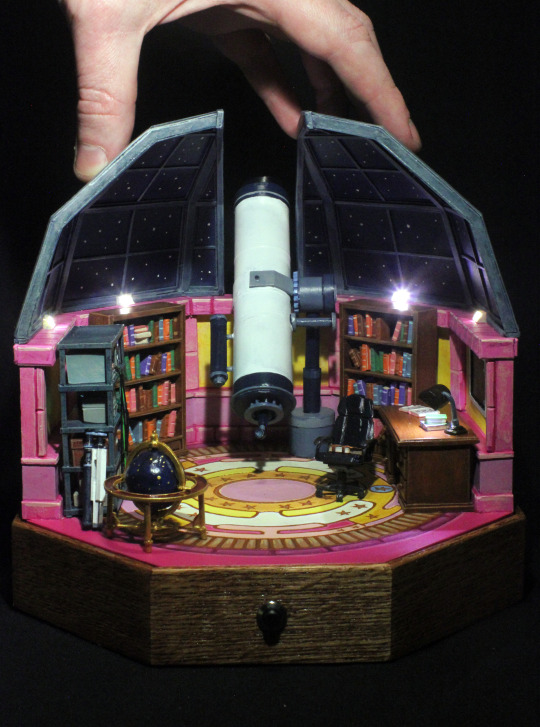
Celeste's Observatory
[Animal Crossing: Wild World / City Folk]
made primarily with paper
also a few bits of toothpick & a small cut of brass tube


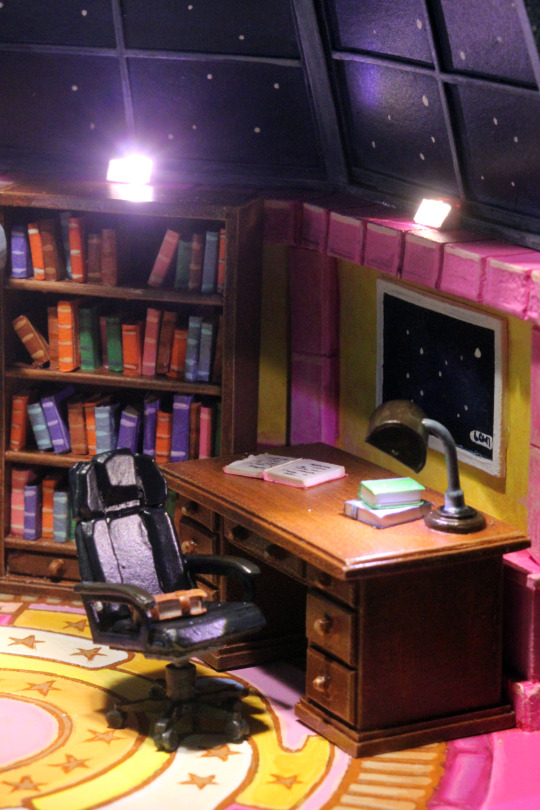

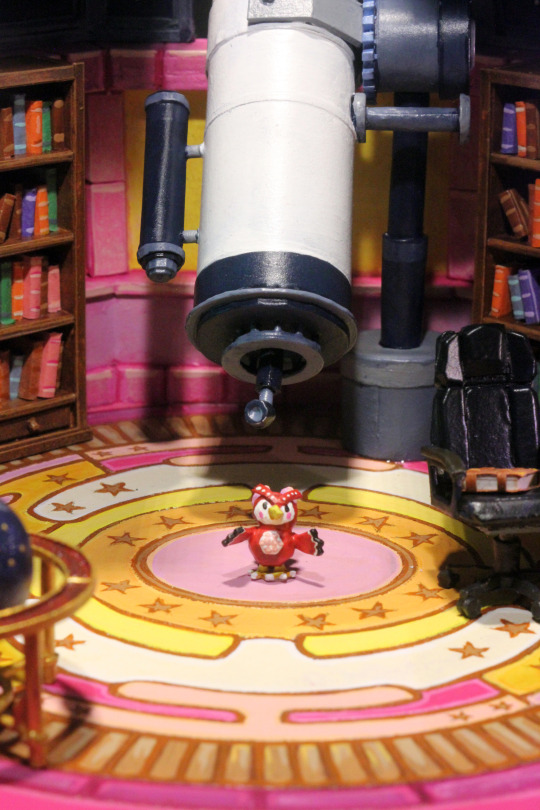
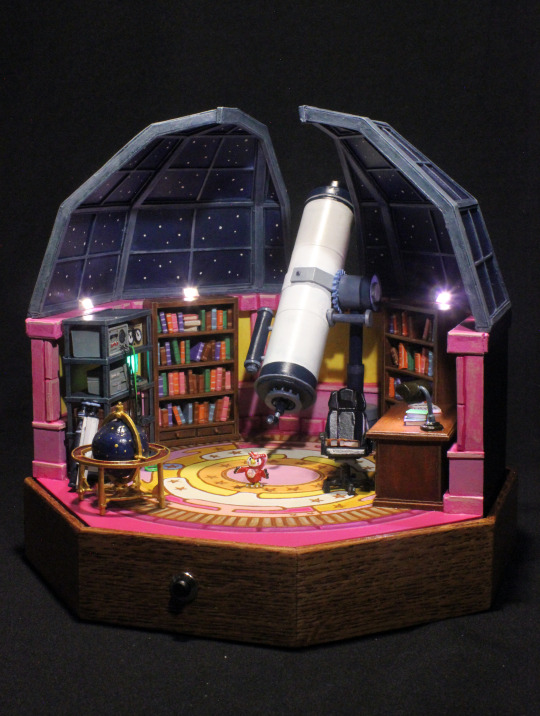
Featuring a very tiny Celeste I made for fun in my typical "scale"

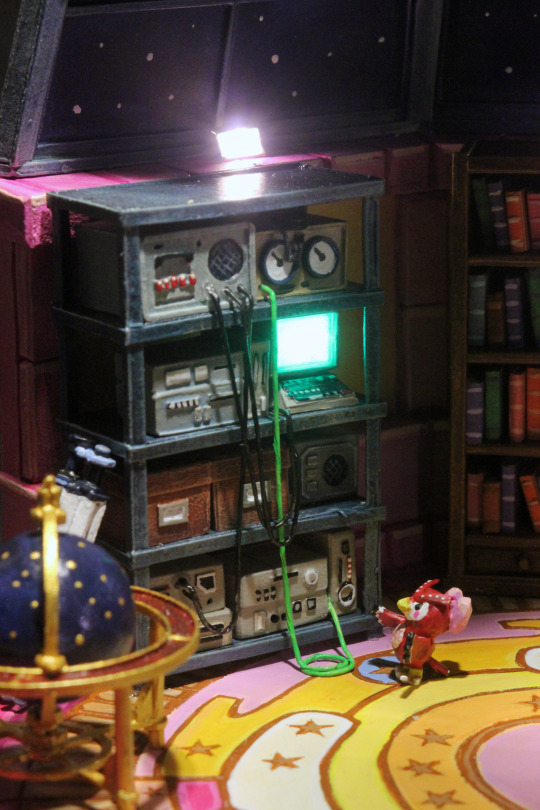


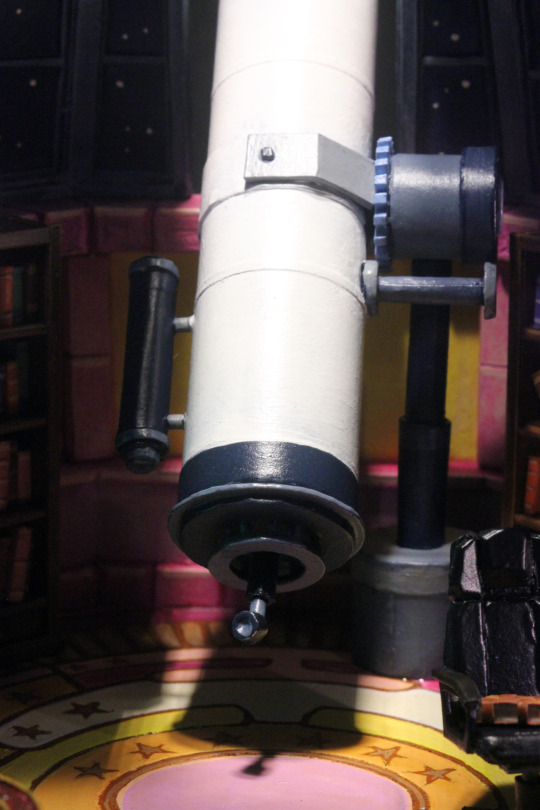
#miniatures#papercraft#model making#paper art#scale model#video games#art#miniaturist#paper model#nintendo#animal crossing#animal crossing fanart#animal crossing wild world#animal crossing city folk#animal crossing art
516 notes
·
View notes
Text
thinking about al haitham picking you up from work with a motorcycle hskdjskdjsl
#rin releases a plot bunny into the wild#genshin impact#genshin impact x reader#al haitham#al haitham x reader#i feel like sumeru city in modern!au would be a huge metropilotan city with crazy ass traffic#so he'd choose functionality over comfort when going to certain places#besides this way he gets to feel you fully against his back#win win situation if you ask him#look at me trying to justify my thoughts#but basically my thot process was: al haitham + motorcycles = hOT
3K notes
·
View notes